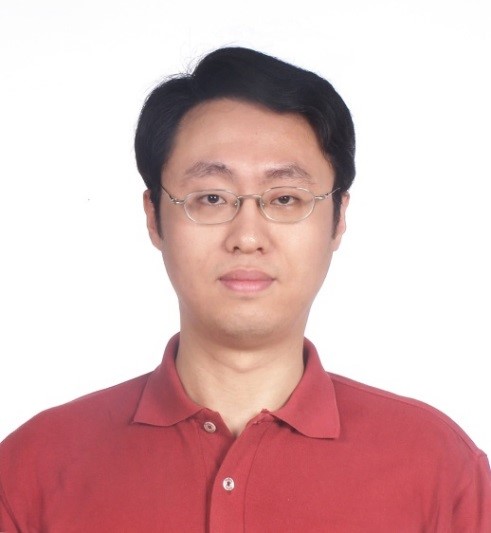Visualization of intermolecular non-covalent interactions and their roles in tuning properties of two-dimensional Materials
 Speaker: Prof Ji Wei
Speaker: Prof Ji Wei Affiliation: Department of Physics, Renmin University of China
Host: Assist. Prof. Lu Jiong
Abstract Details:
Van der Waals forces were believed dominant for interlayer interactions in layered two-dimensional (2D) materials. We recently found an emergent type of interlayer interactions, namely covalent-like quasi-bonding (CLQB) [1,2], in various 2D materials like black phosphorus [1,2], PtS2 [3], PtSe2 [4] and few-layer Te [5]. This interlayer interaction is, most likely, directly observed in TiS2 by x-ray scattering [6,7]. Such technique also suggested charge accumulation in hydrogen bonds. We thus imaged intermolecular hydrogen bonds in real space using a qPlus non-contact Atomic Force Microscope with a CO terminated tip [8], which suggests a covalent characteristic of hydrogen bonds. However, it was argued that the contrast between molecules is a result of CO tip tilting [9], which boost extensive discussions in the field. In collaboration with our experimental and theoretical coworkers [10], we found an O atom modified Cu tip is of strong lateral stability which is an order of magnitude higher than the usual CO modified tip. It does not show the fake contract between two S atoms in the adsorbed DBTH molecule on Cu(110), but does show the N…N bond in BPPA and hydrogen bonds in PTCDA. In addition, we discussed the interlayer magnetic couplings (IMC) of CrS2 and CrI3 bilayers. It is interesting that these two materials are at two extremes of IMC. The interlayer FM coupling in CrS2 is very robust and is nearly unable to be tuned under usual external fields, but the intra-layer magnetism does be varied under layer stacking [11]. An opposite case was found in CrI3 bilayers [12] where the intra-layer FM coupling is, however, very strong but the interlayer magnetism was found governed by a subtle change of interlayer stacking; this shows a decoupled magnetic interaction between intra- and inter-layer directions.
About The Speaker:
—
To view all the upcoming seminars, you can visit: https://graphene.nus.edu.sg/news-events/events/
You may also Like & Subscribe our following channels below to receive instant notifications for new announcements.
